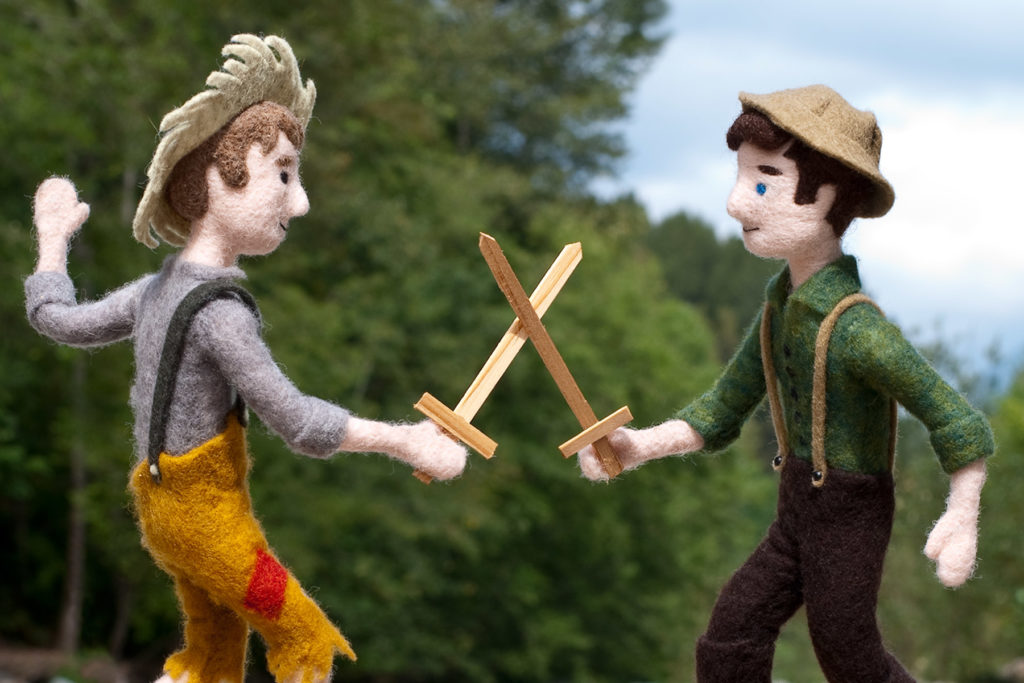
English country dancing was not, as the name suggests, a rural pastime eschewed by city-dwellers. The term derives from the French “contre-danse”, describing a form of dance which typically began with two longs row of men and women standing opposite each other. A lead couple would prance down the row, with other couples following suit. Dances were often elaborate, involving intricate weaving patterns across the floor, as well as the linking of arms and hands.
Nothing has done more to popularize English country dancing in contemporary culture than the works of Jane Austen. For example, in Pride and Prejudice, there are two important balls, one at Meryton and another at Netherfield. However, Jane Austen supplied few details on the dances themselves, begging the question: how did her characters actually dance?
Contemporary views on English country dancing in the Regency period have undoubtedly been shaped by movies and television. For example, in the peerless BBC version of Pride and Prejudice, Lizzy and Mr. Darcy dance at Netherfield in a smooth and stately way:
However, some critics have suggested that this languid and elegant style of dance is actually modern revival English country dance, which lacks the appropriate footwork and social style accurate to the period. Instead, some scholars have argued that English country dancing, which evolved from Renaissance dances, was in fact much livelier and bouncier, even into the Regency period. Here, for example, is an English country dance called “Newcastle” being performed at a Renaissance fair:
Based on our research into English country dancing (which was by no means compendious or authoritative), we decided that our scene for the word “dance” in the Cozy Classics version of Pride and Prejudice should err on the side of lively. It shows Jane and Mr. Bingley with arms locked, twirling, hands thrown high in the air. After all, what fun is a dance if you can’t cut loose a little?
Below: historical images of dancing during the Regency period



